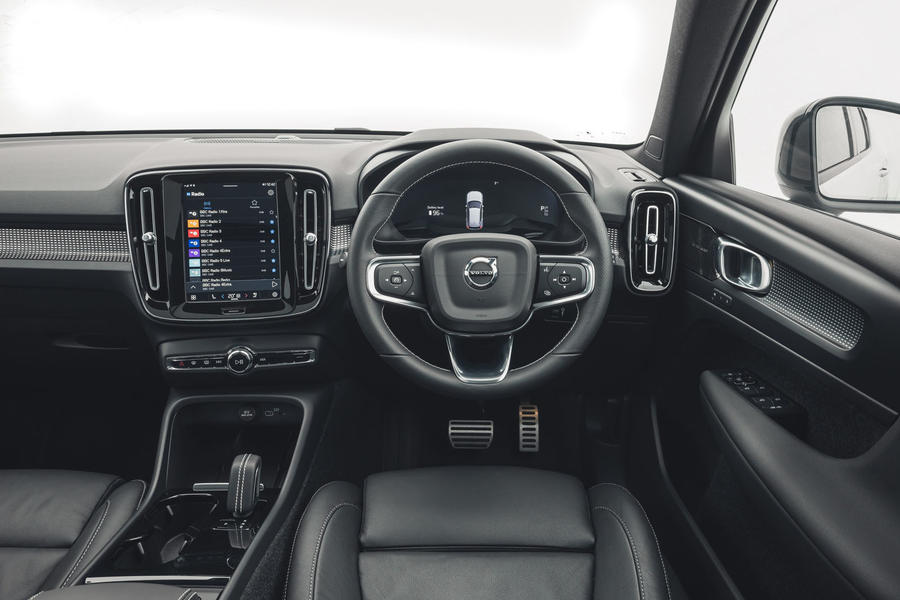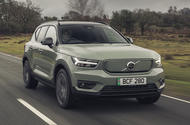The electric version of the popular compact SUV gains a cheaper, single-motor variant. Is this the one to get?
Volvo’s marketeers have played a blinder. The company is seen as future-looking, eco-friendly and huggable, the car brand that everyone loves to love, yet it has never been the fully electric pioneer compared with some rivals. BMW, Mercedes-Benz, Jaguar and Audi all were a bit quicker in the EV dash.
The dual-motor XC40 P8 Recharge was the first Volvo EV, back in 2020, followed by the C40 Recharge last year. And now things are expanding again for the Swedes, as we’re given a single-motor XC40 Recharge.
The battery size has dropped a bit from the pricier XC40 Recharge (now called the Twin): 75kWh usable capacity plays 67kWh. However, as the new car is 158kg lighter, its range doesn’t tail off too much, managing 263 miles compared with 270.
With only one motor powering the front wheels, this XC40 has 228bhp against 403bhp for the Twin, so its 0-62mph time is 2.7sec slower, but it’s still okay compared with rivals. The single-motor XC40 also adds a lower trim level, called Core, that drops the price to a handy £45,750.

All of a sudden, that’s starting to get closer to cars in the class below, like the Cupra Born e-Boost, and is a good counter to the fact that the XC40 Recharge arrived as a seriously expensive small SUV, at more than £60,000. Or maybe we’re all just getting used to/worn down by the often frightening costs of EVs…
The Core doesn’t get a heat pump as standard, nor heated seats (both are better and more efficient for cold mornings in winter), but then it’s also a whopping £6000 cheaper than the Plus model that we had on test. Swings and roundabouts, as ever.
As in the related Polestar 2, there’s no start button in the XC40 Recharge: you simply sit in it and pull the stubby gear selector for ‘D’. Even though this is the slower model, the instant torque makes it plenty quick enough, as is borne out by the scrabbling front tyres when you dump the full 228bhp through them (it’s been a while since I experienced torque steer like this; not unpleasant but definitely noticeable).
Still, what that means is you don’t feel short-changed. This XC40 easily copes with getting up to 70mph on a really short slip road, so I can’t see why you would need the extra power of the Twin. It’s not even like the pricier version gets better ride quality: it’s too bobbly in both.
Where it’s not so impressive is the range. I wasn’t driving like a loon yet still struggled to average more than 2.0mpkW, while the predicted range was less than 200 miles. That’s plenty for most family journeys (the XC40’s key demographic), but for a holiday? That’s when it’s getting a bit tight.
This is borne out by data from our sibling title What Car?, which recently did a summer range test, running EVs until they died. The XC40 only got to 226 miles in ideal weather – well short of its official 263. In the winter, it will be an even worse story.
What all this means is that Volvo doesn’t yet have a game-changing EV on its books. Maybe that will come with the XC90’s replacement. Until then, people will have to buy the XC40 Recharge based on its looks, rather than on any special efficiency or driving dynamics.
Source: Autocar
